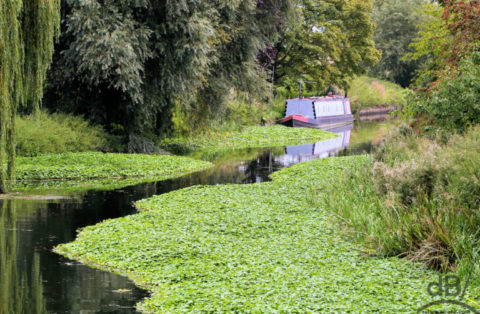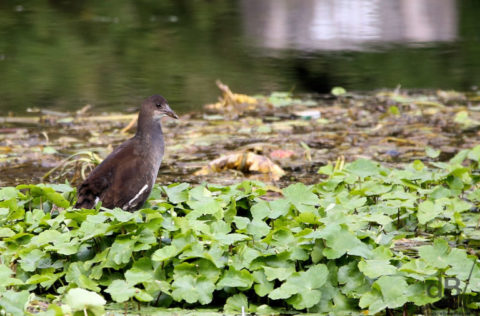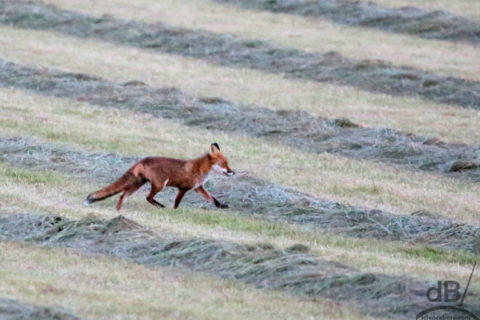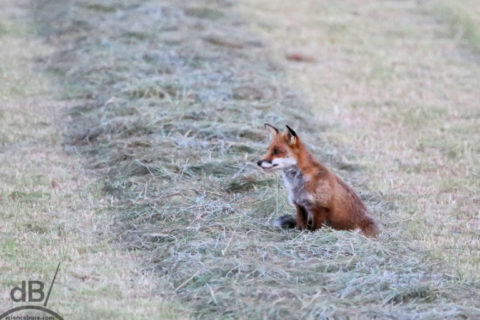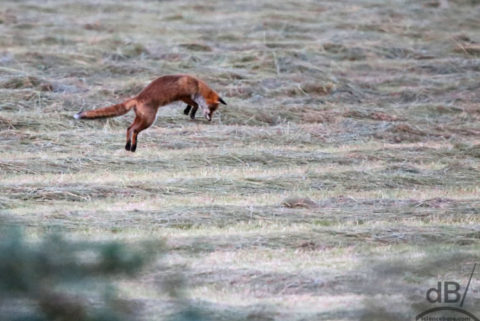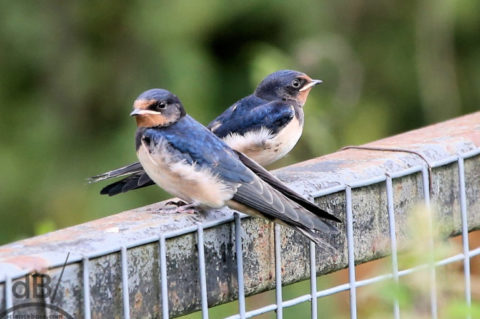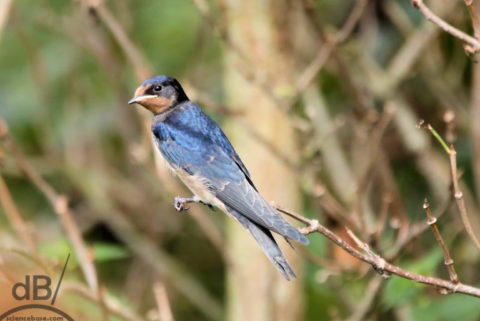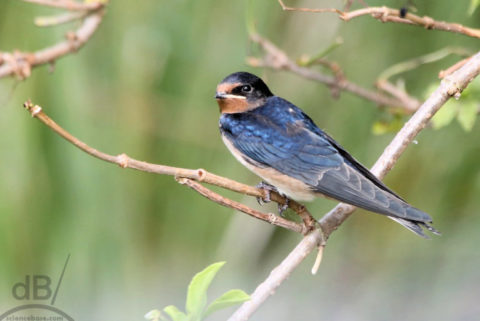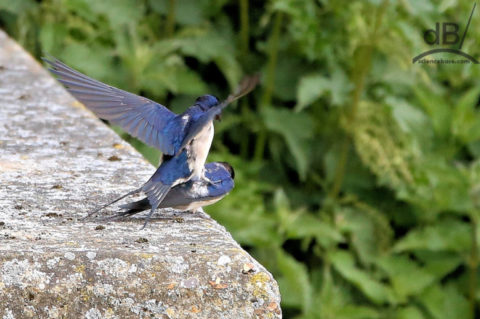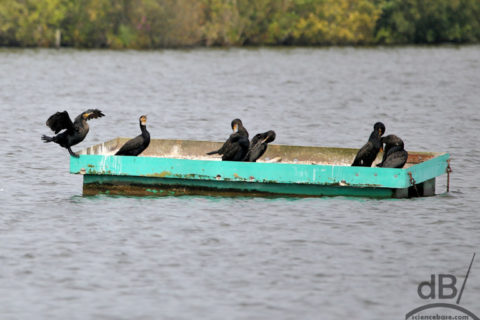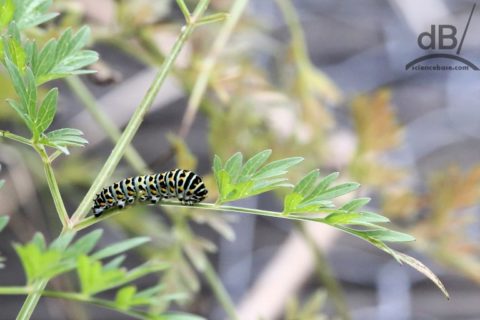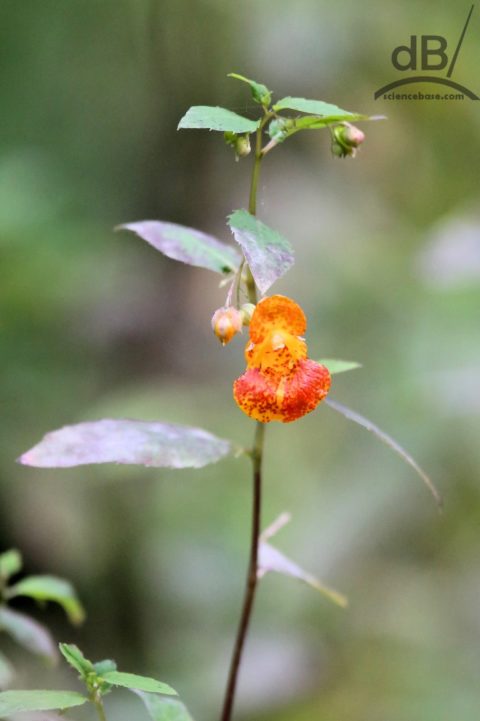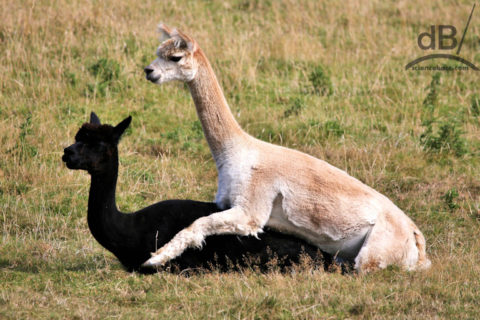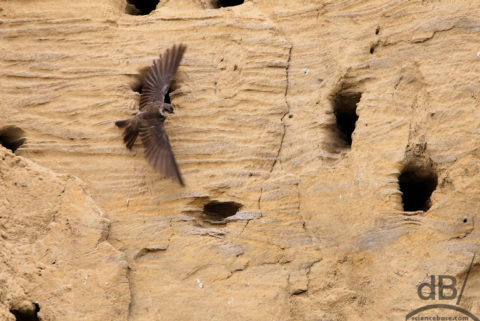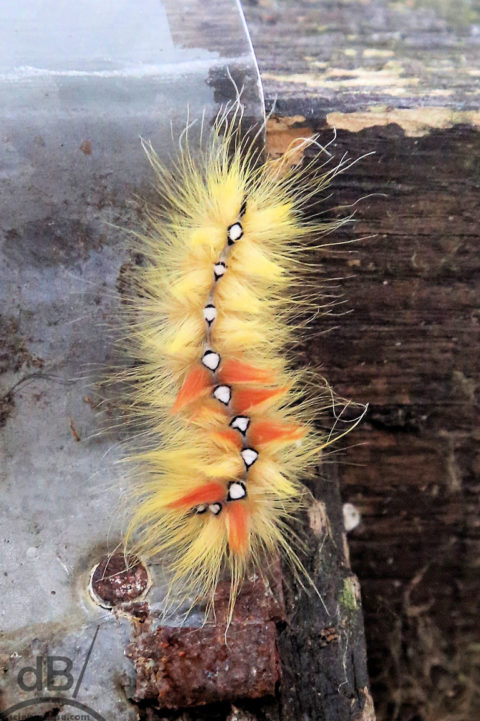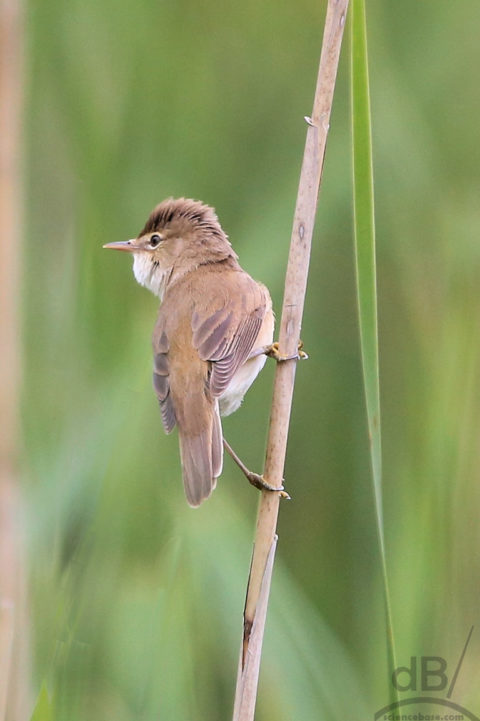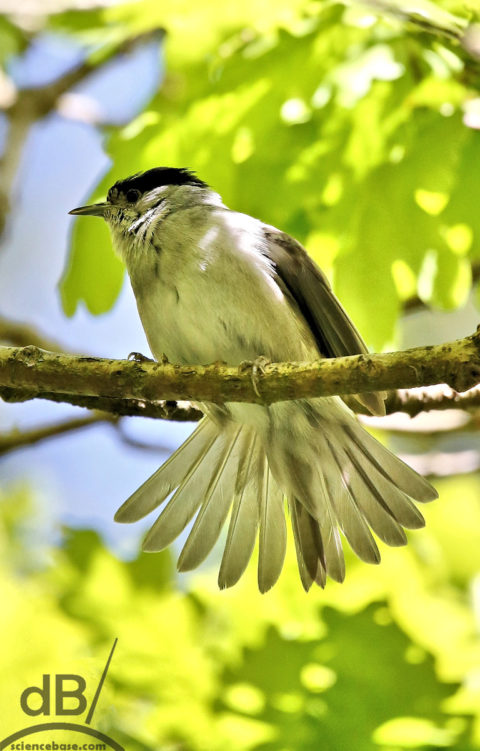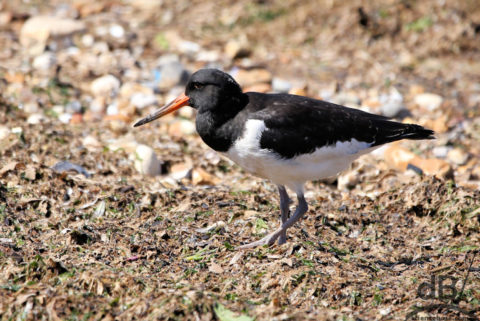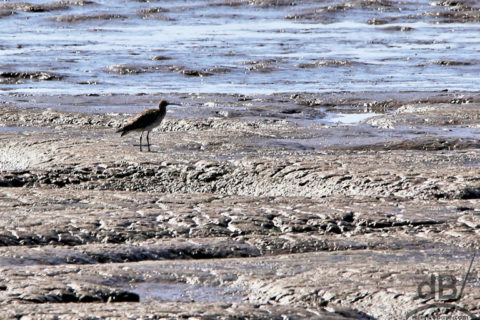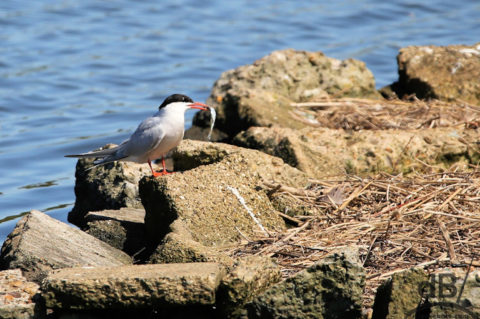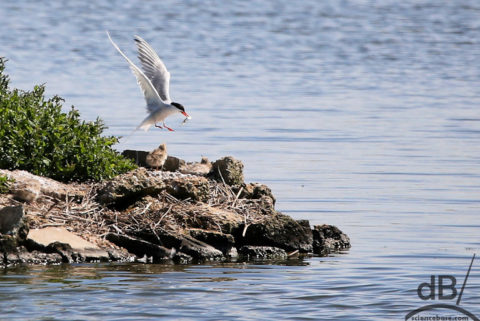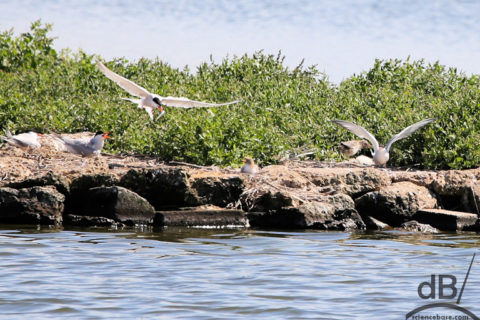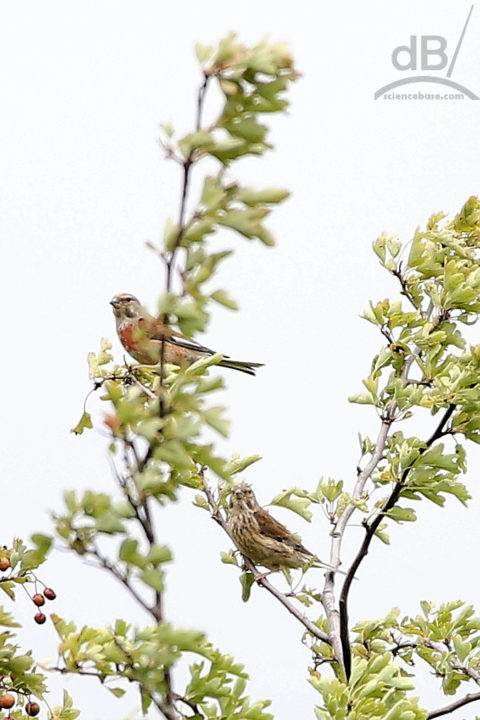Scopelessly in love with birds
I’ve always had a soft spot for our feathered friends. After all, they’re the great British wildlife that seems the most abundant and most accessible. There are more birds and more bird species than there are large wild mammals and domesticated animals put together, by a long way. If you start counting the latter: fox, badger, hare, rabbit, stoat, weasel, bank vole, red deer, roe deer, fallow deer, muntjac, cow, sheep, goat, dog, cat etc you quickly come to a halt.
But, start listing the birds and the list goes on and on from Barn Owl and Barn Swallow to Pied Flycatcher and Pied Wagtail, Firecrest to Goldcrest, Crested Tit to Great-crested Grebe. And, don’t forget all those warblers: Barred, Bonelli’s, Cetti’s, Dartford, Fan-tailed, Garden, Grasshopper, Great Reed, Icterine, Marsh, Melodious, Moustached, Reed, Sardinian, Savi’s, Sedge, Subalpine, Western Bonelli’s, Willow, and Wood.
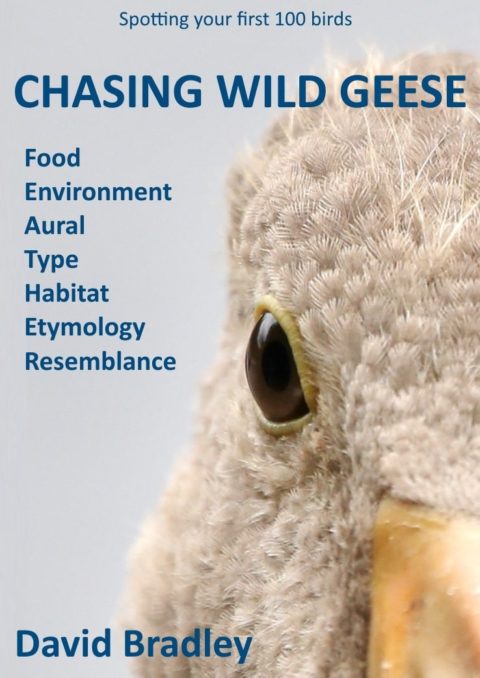
I never took birdwatching too seriously. I was certainly never a twitcher chasing around hill and vale, coast and cove. I was happy to see a new bird, but never jotted down details, never ticked it off in a book.
Superzoom
That changed when superzoom lenses got cheaper. I had a few snaps of birds taken with a small zoom lens, but the purchase of an affordable 150-600mm lens brought the whole world closer. Especially useful for photographing the moon, the ISS or comets in the night skies. Of course, the lens might otherwise be redundant during daylight if it wasn’t for the birds. Birds, I assume have absolutely no concept of just how close you can be through such a lens without really disturbing them.
Twitching or birding?
And so, my latent twitching/birding inclinations began to grow early in 2017. I had a lucky first day with the new lens: flighty blue tits in the garden and a sharp-eyed heron after our neighbours’ goldfish in the pond. Lucky for those pesky piscines, our neighbour had protected them from such aquatic hunters with strong wire mesh. I got a nice close of the frustrated bird up from an upstairs window before he lumbered into the air to find breakfast elsewhere. My first lunchtime dog walk in the winter sun, led me to a majestic Kingfisher perched on the reeds. I’d spotted her once or twice before on walks without a camera. This time, she posed for a moment while I got her close-up all electric blue and saturated orange.
I started to blog about the birds and to build an online gallery. Trips to local nature reserves and country houses added more to the list as did trips to the coast. Before long, I had more than 100 different species: Red Kites, Marsh Harriers, Hobbies, Blackcaps, Great Spotted Woodpeckers, Green Woodpeckers, House Martins, House Sparrows, Tree Sparrows, Dunnocks, Gannets, Kittiwakes, Puffins, Razorbills, Bullfinch, Greenfinch, Chaffinch, and so many more.
Who’s counting?
Birders will tell you that identifying your first 100 is just the start, it gets serious and harder when you are targeting 250. So, here’s a selection of the first few birds you might see should you take up the sport and science of observing birds. Your mileage may vary, you might see a marsh harrier before you spot a Hen Harrier, and Ringed Plovers may come your way before Golden Plovers. You may also try to count Lapwings, Peewits, and Green Plovers as different species, but they are one and the same.
In less enlightened times people preferred to shoot birds with a gun and steal their eggs. But, with a camera, you get to hunt and shoot the same bird again and again. I hope this short guide gives you some clues as to what you might look out for and where you might look in figuratively bagging your first 100 birds.
There are plenty of birds to watch…about ten thousand species worldwide at the last count. So crack out the binoculars and your walking boots or just watch from your garden and maybe tick them off in your head after you confirm the species in the books. It’s not a wild goose chase, honest.
I keep a constantly updated gallery of bird photos on my Imaging Storm site, along with a “tick list”.
